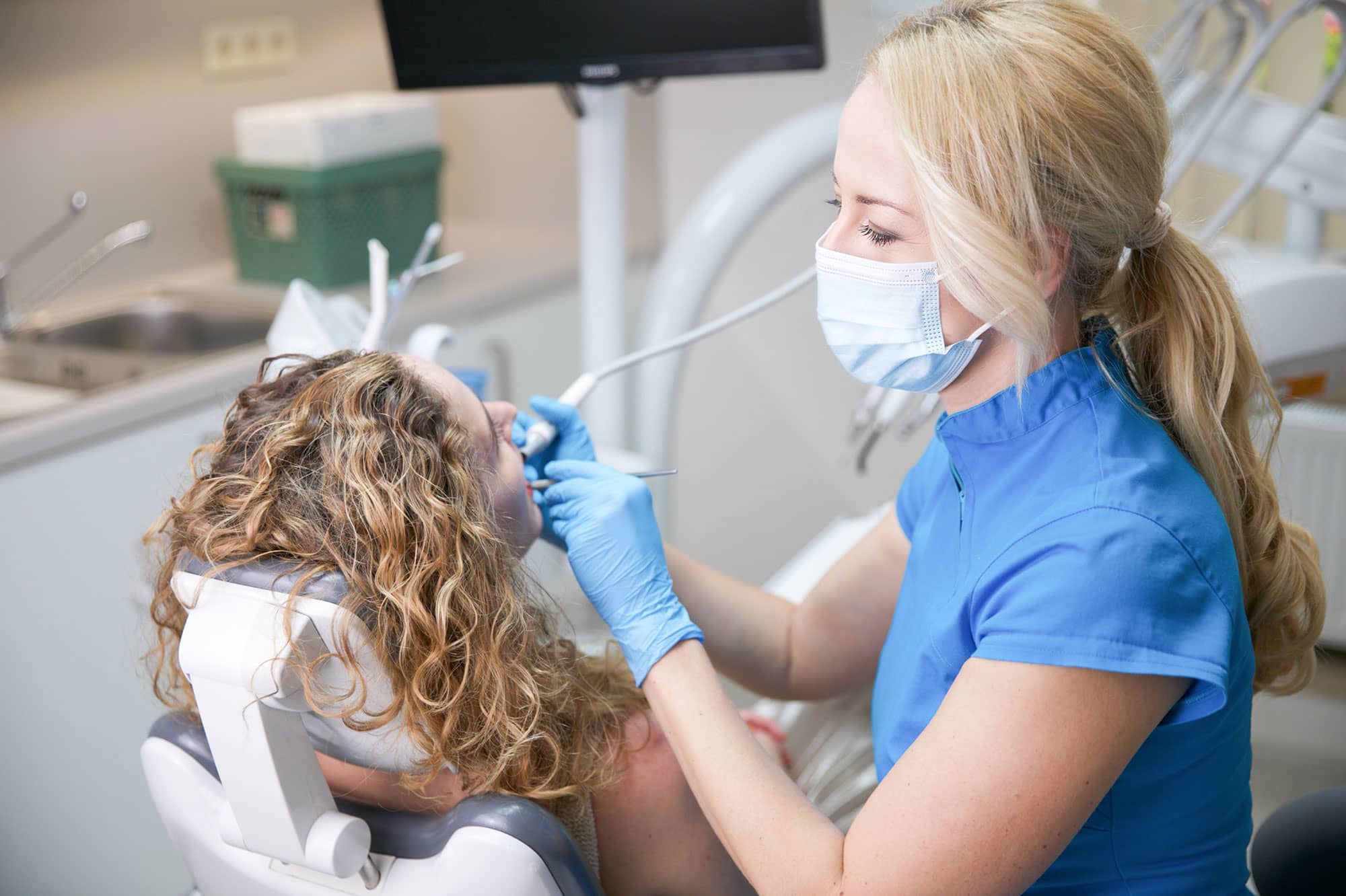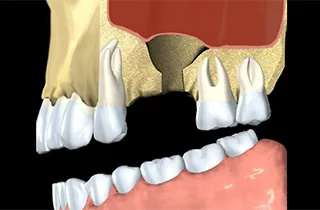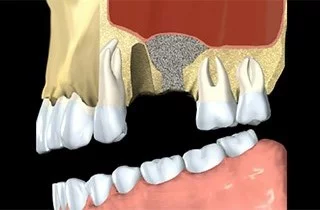"First class and cheap dental implants with experienced dentists of the best Hungarian dental clinics in the safe heart of Europe."

Can bone grow back around teeth?
Left untreated, the bone in your jaw and around your teeth will continue to resorb, leading to more tooth loss, disease, and pain. If it is too late to reverse dental bone loss, there is good news! In most cases, dental bone loss can be stopped. And with expert periodontal care, you can actually regenerate bone and reverse bone loss.
What is dental bone grafting?
Dental bone grafting is a surgical procedure used to rebuild or increase bone in the jaw. It is often needed when there is not enough bone to support dental implants or when bone loss has occurred.
When would you need a dental bone graft?
Tooth Loss: If you lose a tooth, the surrounding jawbone can begin to deteriorate over time. Gum Disease: Advanced gum disease can damage the bone that supports the teeth. Injury or trauma: Accidents or facial injuries can cause bone loss in the jaw. Dental Procedures: Some dental procedures, such as tooth extraction, can also lead to bone loss.
What is the most common use of bone graft?
Dental implantation: Implants need a strong bone base in order to be successfully inserted and remain stable. More about bone graft for dental implant
Facial structure: Adequate bone volume helps maintain the shape of the face and prevents a sunken appearance.
Oral Health: Bone grafting can help prevent further tooth loss and improve the overall health of your gums and teeth.
How does dental bone graft happen?
The dentist or oral surgeon makes an incision in your gums to access the jawbone. Bone graft material is placed in the area where bone is needed. The incision is closed with stitches.
How painful is dental bone grafting?
The good news is that dental bone grafting is usually not a very painful procedure, as it is performed under local anesthesia or anesthesia. You may feel pressure or vibration during the procedure, but it should not be painful. You may experience mild to moderate pain and discomfort after the anesthesia wears off. This can usually be treated with over-the-counter pain relievers such as ibuprofen or acetaminophen. You may experience swelling, bruising and discomfort for a few days after dental bone graft.
What material is used for dental bone grafts?
Autograft: Bone taken from another part of your own body (such as the hip, chin, or back of the jaw).
Allograft: Bone taken from a cadaver.
Xenograft: Bone taken from an animal (e.g. cow).
Alloplast: Synthetic bone material. More about dental bone graft materials
How much does dental bone grafting cost?
The costs of dental bone grafting depend on numerous factors: the method of bone grafting, the costs of the operation, the type and the amount of bone grafting material. For more information about dental bone grafting costs.
What kind of dental bone grafting methods are there?
There are several kinds of dental bone grafting methods, such as bone augmentation, socket preservation and sinus lift. However, the dentist needs to decide for each patient individually which type of dental bone grafting is most suitable and necessary for his or her case.



How long does a dental bone graft last?
In most cases, a dental bone graft will last a lifetime after it has successfully fused with your existing jawbone. This process, called osseointegration, usually takes several months. There are a few factors that can affect how long a bone graft takes:
- The dental implant acts as a tooth root, stimulates the bone and prevents resorption (bone loss). Without an implant, the transplanted bone can gradually deteriorate over time due to the lack of stimulation.
- Maintaining excellent oral hygiene is key to preventing infections and complications affecting the bone graft.
- Systemic conditions such as diabetes or osteoporosis can affect bone healing and potentially affect graft longevity.
- The negative relationship between dental bone loss and smoking is one of the most common reasons – Stop!
What are the cons of a bone graft dental?
While bone grafting is often a necessary step for successful dental implants, it’s important to be aware of the potential drawbacks:
Longer Treatment Time: Bone grafting adds an extra step to your implant treatment, increasing, it can take several months for the graft to heal and fuse with your existing bone before the implant can be placed. Increased Cost: Bone grafting is a surgical procedure with associated costs, including surgeon fees, facility fees, and materials. Discomfort and Swelling: Like any surgical procedure, bone grafting can cause some discomfort, swelling, and bruising in the days following the surgery. This can be managed with pain medication and ice packs, but it can be inconvenient. Potential Complications: There’s a small risk of infection at the graft site. Your dentist will prescribe antibiotics to minimize this risk. Although rare, the graft may fail to integrate with your existing bone, requiring additional procedures. Lifestyle Restrictions: Smoking and excessive alcohol consumption can hinder the healing process and increase the risk of graft failure. While bone grafting is usually successful, there’s no guarantee that the graft will integrate perfectly or that the implant will be successful in the long term.
Where can dental bone grafting be carried out?
In theory, any qualified oral surgeon can carry out dental bone grafting. But it is a good idea to have a thorough look into the oral surgeon’s background. Our clinics and oral surgeons have the right qualifications and experience for dental bone grafting interventions.
How can you improve bone structure?
To prevent bone loss (osteoporosis), one should also pay attention to the so-called bone building diet, especially since this disease occurs more often nowadays. Bone structure nutrition refers also to the fact that one should pay great attention to an appropriate daily intake of useful nutrients. Some foods are particularly unsuitable for a bone-building diet such as: white flour, refined sugar, protein, meat products, alcohol and beverages containing caffeine.
On the other hand, there are certain vitamins and mineral nutrients which influence the bone metabolism positively, so that you can develop an ideal bone structure. Such vitamins and mineral nutrients are: Vitamin D, Vitamin C, Vitamin K as well as phosphorus, magnesium and manganese. Read about food for strong bones.
Read dental implants before and after experiences from our patients and get to know our dental clinics.
Interested? Get yourself a quote for dental bone graft in Hungary or learn about the costs of dental bone graft.
